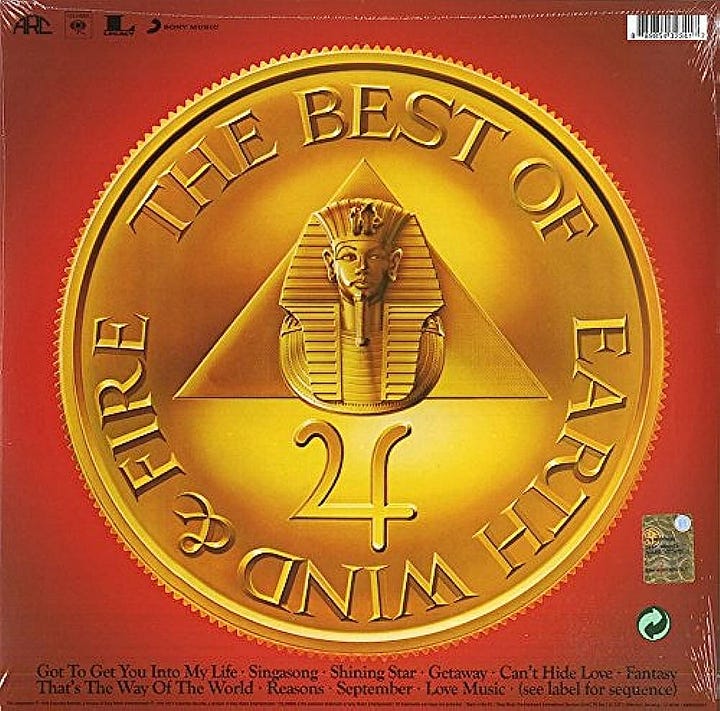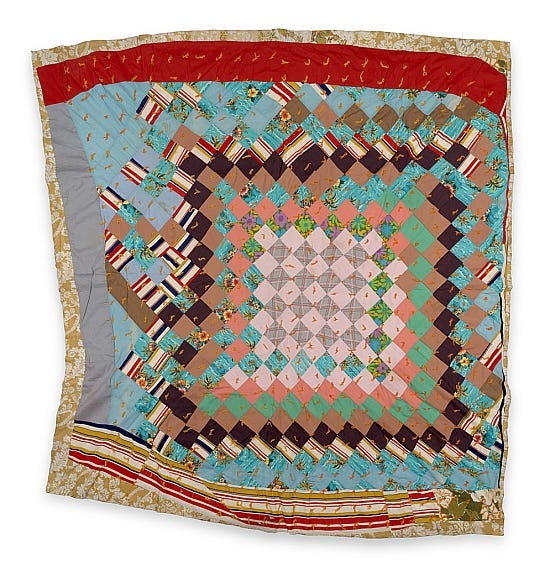Greetings everybody,
This edition of The Sewing Machine Newsletter is not the typical technical-minded educational article that makes up the majority of my newsletters. Instead, this will read more like an opinion piece or an essay. I try to put out 1-2 of these essays every month, and they are exclusive to paid subscribers. If you are a free subscriber, you will only be able to read the first half of this particular article. However, you can visit the newsletter’s archive and access the 30+ free articles I have published in the past 6 months.
Thank you for reading,
-Cale
Gee’s Bend & Jazz Music
I have fond memories of my early days working at The Sewing Machine Shop. I’d come to the shop after school, sit on a stool in the repair room, a 1990s-era Pfaff machine splayed open on the workbench in front of me. My father, sitting on the stool to my left, working on a machine riddled with far more complicated problems than my simple Pfaff COA (clean, oil, adjust).
Music playing in the background, mostly jazz and soul.
My father played the trombone in the high school jazz band, entered college as a music major, then eventually switched his focus to engineering. Tucked back in the repair room, we listened to the music he grew up with: Tower of Power, Earth Wind & Fire, Chicago, The Crusaders, Kool & The Gang, Deodato, Donald Byrd, Maynard Ferguson, Weather Report, Sade, Trombone Shorty, Hot 8 Brass Band, etc.




10+ years later, I am much more involved at the front of the shop. I still troubleshoot machines on a daily basis, but my role has evolved. I am now responsible for selling machines, education, marketing, and learning the finer details of the business as a whole. Perhaps most importantly, every day I talk face-to-face with sewists of all ilks— quilters, garment makers, embroiderers, business owners, etc. From these conversations, I glean a lot of valuable information.
Quilters are an incredibly important facet of our business. If I had to guess, I’d say they make up roughly 50% of our customer base, and I might be underestimating that figure. Speaking to quilters every day, it wasn’t long before I began to notice a pattern of more and more people delving into the world of art quilting. The more I dug into art quilting and tried to figure out why it was so popular, the more I started to hear the term “Gee’s Bend” pop up in conversation.
Gee’s Bend was a cotton plantation in Alabama that was operated by slaves during the Antebellum South. The women who lived there initially began quilting out of necessity to keep warm, and much of the material used in the quilts was recycled from worn-out clothing, feed sacks, and other found scraps. Even though their quilts were utilitarian in nature, the women of Gee’s Bend integrated abstract designs into their quilts that were completely outside the norm of the traditional quilting world.
Keep reading with a 7-day free trial
Subscribe to The Sewing Machine Newsletter to keep reading this post and get 7 days of free access to the full post archives.





